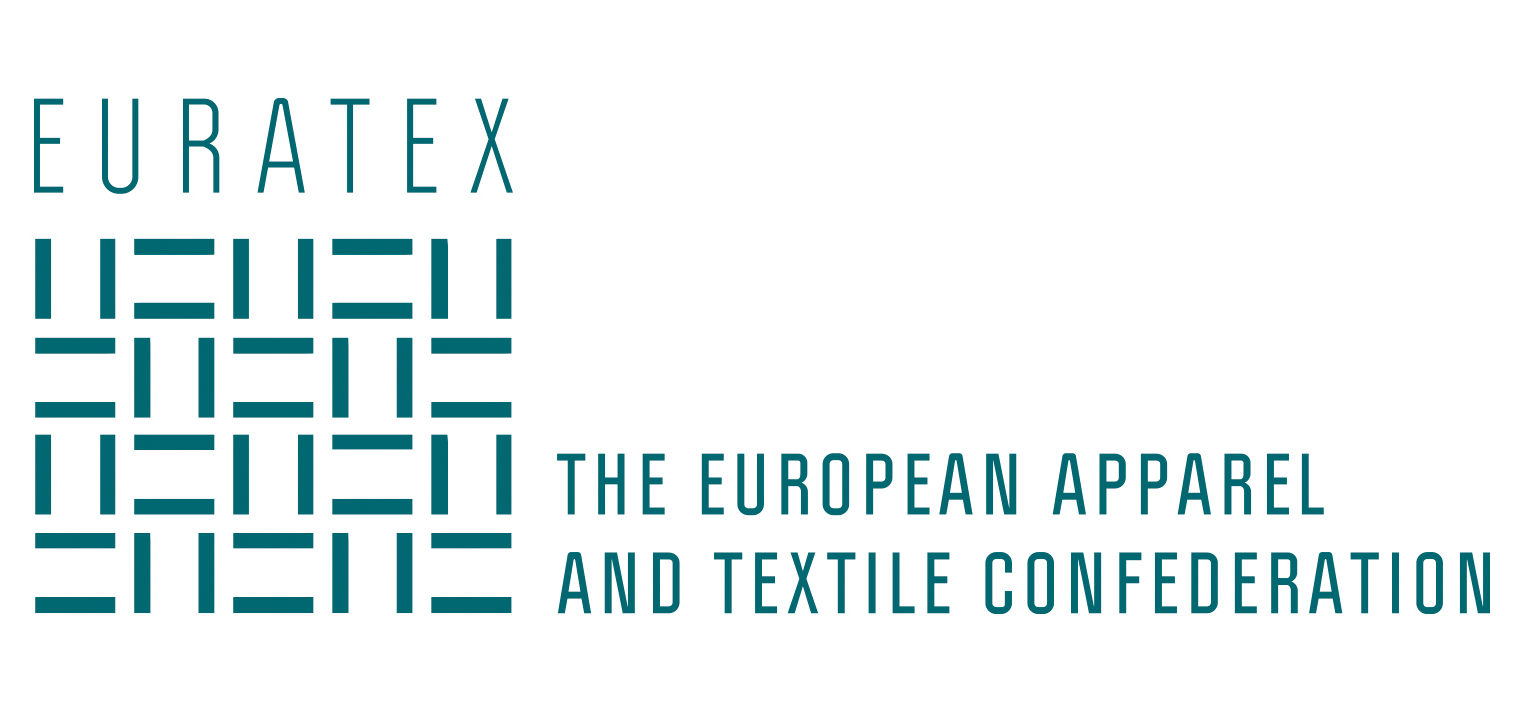signed by

working with

The above research organizations participate in the Cross-Industry Agreement joint efforts tackling microplastics, notably to pursue a harmonised test method.
Harmonised testing is necessary to investigate feasible options to address the release of microplastics at global level.
The Cross Industry Agreement
The Cross Industry Agreement (CIA) is a voluntary collaboration for the prevention of microplastic release into the aquatic environment during the washing of synthetic textiles.
The signatories are five European industry associations representing the global value chain of garments and their associated maintenance, namely AISE, CIRFS, EOG, EURATEX and FESI.
The issue
The unintentional release of microplastic into global marine and freshwater is of concern for human health and the environment even though the potential risks remain to be fully assessed, as scientists advise (SAPEA, January 2019). Recently, the focus has shifted to identify and quantify sources of microplastic pollution in order to ultimately find solutions. Research has highlighted the washing of clothing, especially those using synthetic fibres, as one of the direct sources of microplastic release into the aquatic environment.
What the industry can do
Each actor can play a role based on its knowledge and position in the value chain and beyond. Coordination can foster a quicker and more thorough understanding of the causes of the issue at stake and identify viable solutions that can be effectively applied.
Industry stakeholders can use their technical knowledge, leverage and expertise within their own domains to accelerate investigating, and finding and deploying solutions which may be explored in textile manufacture, garment making, during clothing washing and use, and in waste water treatment.
Importance of coordination
The CIA signatories believe that to address this issue, coordination of efforts across different domain of knowledge and at a global level is necessary.
The five association therefore agree to support finding effective and economically feasible solutions by:
• Contributing to the development of international standardised test methods to identify and quantify microplastic present in water and the environment
• Sharing information on progress of research, knowledge gaps, options and priorities
• Support and participate in industrial research for feasible and effective solutions
Coordination of efforts is meant to top up, without replacing, individual efforts and to accelerate identifying and deploying effective global solutions.
What we know on microplastics unintentionally released from textiles.
CIA Brochure
This brochure presents the development of harmonised test method to tackle unintentional release from textile.
Though research concludes that there are currently insufficient data to draw any meaningful conclusions about microplastic fibres toxicity, we now know that:
– Microplastic comes from a number of sources and not just from textile materials.
– All textiles release potentially problematic fibre fragments and not just synthetic textiles.
– Fibre fragmentation can occur during, and be influenced by, all phases of the product life cycle and not just during laundering.
FAQ on the CIA test method
Do you want to know more about our test method on fiber fragmentaton?
We prepared FAQ to resond to all questions you may have.
Learn moreMeetings and Results
Tenth Technical Meeting
November 2020
Ninth Technical Meeting
September 2020
Eighth Technical Meeting
June 2020
Seventh Technical Meeting
February 2020
Sixth Technical Meeting
October 2019
Fifth Technical Meeting
May 2019
Fourth Technical Meeting
March 2019
Third Technical Meeting
February 2019
CIA One Year Later
January 2019
Test Methods Overview
December 2018
Second technical meeting
October 2018
First technical meeting
April 2018
Press release
January 2018
